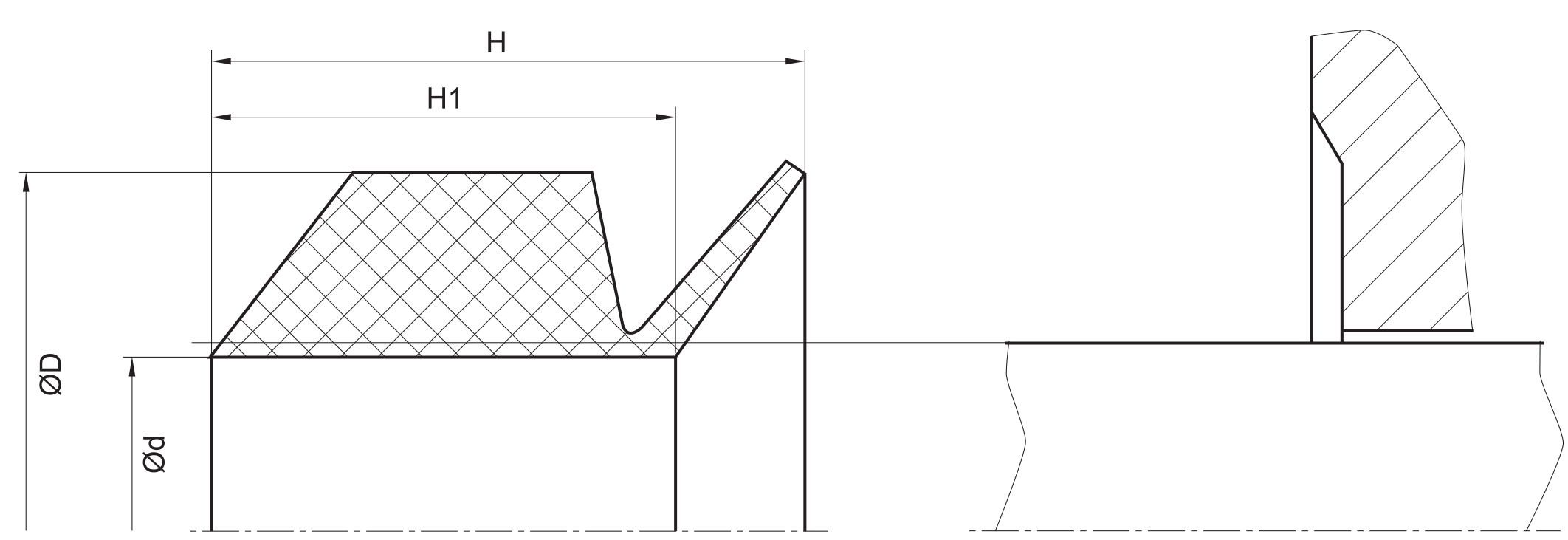

description
the v-ring is a unique all-rubber seal for rotary shafts.
the v-ring is the perfect seal to prevent the ingress of dirt, dust, water or combinations of these media while positively retaining grease. with its unique design and performance the v-ring can be used with a wide range of bearing types. it can also be used as a secondary seal to protect primary seals that do not perform well in hostile environments.
application
description and advantages
the v-ring is normally stretched and mounted directly on the shaft, where it is held in position by the inherent tension of the rubber body. it rotates with the shaft and seals axially against a stationary counterface, perpendicular to the shaft. the counterface can be the side
wall of a bearing or a washer, stamping, bearing housing, or even the metal case of an oil seal. the sealing lip is flexible and applies only a relatively light contact pressure against the counter-face and yet is still sufficient to maintain the sealing function. the low contact pressure (that varies with the fitted width) allows the seal to run dry in many applications.
due to influence of the centrifugal force, the contact pressure of the lip decreases with increased speed. this means that frictional losses and heat are kept to a minimum, resulting in excellent wear characteristics and extended seal life. once breakaway friction is overcome, the friction reduce steadily until around the 10 – 15 m/s range, when it reduces quite quickly. in the 15 – 20 m/s range the friction reduces to zero. the v-ring then serves as a clearance seal and deflector. the power loss due to seal friction develops as shown in fig. 2
the flexible lip and hinge allow the v-ring to function even in the presence of a certain amount of run-out, eccentricity and shaft misalign- ment. contact our local seal-mart company for advice on these and other application issues.
v-rings are made entirely of rubber without fabric or sheet metal reinforcement. they are, therefore, particularly easy to install. v-rings can be stretched and, depending on size, installed over flanges, pulleys and bearing housings without costly dismantling. for larger sizes they can even be supplied as cut rings and joined by vulcanisation on site.
design
v- ings are available in seven standard cross-sections to meet various space and application requirements.
the cross-sections of profiles R06-R and R07-R increase with the shaft diameter, whilst the other types have the same crosssection for the whole diameter range.
profile R06-R is the most common and available for shaft diameters from 2.7 to 2020 mm, inclusive.
profile R07-R is wide and tapered, which provides a very firm hold on the shaft. the rings are available for shaft diameters from 4.5 to 210mm.
profiles R06-SA and R06-SB have narrow axial cross sections making them suitable for compact arrangements and are often used in combination with labyrinth seals. available for shaft diameters from 105 (135 for R06-SB) to 2025 mm.
profiles R06-SF, R06-SE and R06-SD are heavy duty v-rings that are designed primarily for large high speed bearing arrangements, I. E. rolling mill and papermaking machine applications. additionally they can be used as secondary seals for heavy duty applications where the primary seal has to be protected against water and or particulate contamination. the R06-SF, R06-SE and R06-SD types can be axially and adially located on the shaft with the especially designed clamping bands. available for shaft diameters from 300 mm and up.
larger v-ring sizes are available as spliced seals. for more details please contact seal-mart company.

materials
when selecting the correct rubber compound it is necessary to take the following requirements into account;
- good chemical resistance
- good resistance to high and low temperatures
- good resistance to ozone and weathering
it is also necessary to consider the need for the following attributes;
- high resistance to wear
- low friction
- low compression set
- good elasticity
material types
the most frequently selected material is the purpose made nitrile rubber which has excellent allround properties.
for applications with temperatures above 100°C, or in chemically aggressive conditions, v-rings made of fluorinated rubber (FKM) can be supplied.
in fact a wide range of rubber compounds is available and some of these are listed below.
table 1 guide to selection of rubber material
| type of rubber | characteristics |
| nitrile | for general use |
| nitrile | heavy duty conditions. good tear and abrasion resistance |
| nitrile | low friction |
| hydrogenated nitrile | hypoid oils at high temp. |
| chloroprene | for applications in the presence of ozone |
| ethylene-propylene | good weather and ozone resistance, used with special chemicals such as acetone, ammonium carbonate and benzaldehyde |
| fluorinated | very high temperature and chemical resistance |
table 2. operating parameters & material
| sealing element | temperature | max. surface speed | max. pressure 1 | hydrolysis | dry running | wear resistance |
| s-mart PU | -30 °C … +110 °C | 25m/s | – | – | + | ++ |
| s-mart HPU | -20 °C … +110 °C | 25m/s | – | ++ | + | ++ |
| s-mart LTPU | -50 °C … +110 °C | 25m/s | – | – | + | ++ |
| s-mart SPU | -20 °C … +110 °C | 25m/s | – | ++ | ++ | ++ |
| s-mart GPU | -30 °C … +110 °C | 25m/s | – | ++ | + | ++ |
| s‐mart NBR | -30 °C … +100 °C | 25m/s | – | – | – | O |
| s‐mart FKM | -20 °C … +200 °C | 25m/s | – | – | – | O |
| smart EPDM2 | -50 °C … +150 °C | 25m/s | – | ++ | – | O |
| s‐mart HNBR | -25 °C … +150 °C | 25m/s | – | + | O | + |
the stated operation conditions represent general indications. it is recommended not to use all maximum values simultaneously. surface speed limits apply only to the presence of adequate lubrication film.
1 pressure ratings are dependent on the size of the extrusion gap.
2 attention: not suitable for mineral oils!
++ … particularly suitable o … conditional suitable
+ … suitable – … not suitable
for detailed information regarding chemical resistance please refer to our „list of resistance“. for increased chemical and thermal resistance rubber materials are to be preferred, attention should be paid to restrictions for pressure range and wear resistance.
temperature resistance
exposure to higher temperatures accelerate the ageing of rubber, the elongation decreases, the compression set increases, and finally the material becomes hard and brittle. cracks at the sealing edge are a typical indication that the seal has been exposed to excessively high temperature. the ageing of the rubber has an appreciable negative influence on the useful life of the seal.
the temperature limits for the principal materials are illustrated in figure 3. they should only be regarded as approximate, since the media and time of exposure also affect the materials.
the temperature ranges within the shaded areas indicate temperatures that can be allowed for only certain periods of time. the higher the tem- perature, the shorter the service life. if the maximum temperature is exceeded, the elastomer may suffer permanent set or damage. special elasto- mers are available for use in cold temperatures. if the elastomer is subjected to temperatures lower than the recommended values it will become hard and brittle, however it will regain its properties as soon as the temperature rises again.
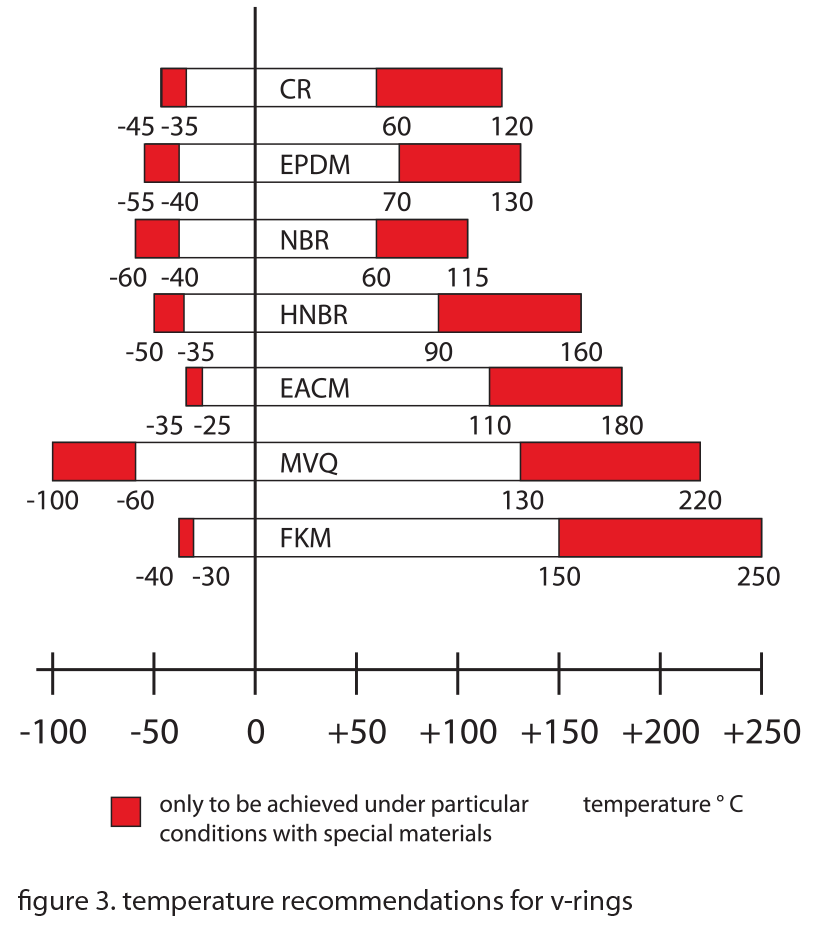
oil and solvent resistance
since the v-ring is used primarily for sealing grease lubricated bearings exposed to water splash, dirt, dust, scale etc. the normal choice of com- pound is nitrile rubber. however innumerable types of oil are available on the market and each of these has different effect on rubber. in addition, a given type of oil from different manufacturers may have different influence.
it is the additives in the oil that may affect the rubber. especially so for hypoid oils, that contain sulphur. since sulphur is used as the vulcanising agent for nitrile rubber it will initiate a secondary curing at temperatures above +80°C. as a result of that, nitrile rubber will become hard and brittle. hydrogenated nitrile and fluorinated rubbers, which are not vulcanised with sulphur, may therefore be considered for use with this type of oil. oxidised oils represent another example illustrating the difficulty of tabulating the oil resistance of rubber materials. these oils are oxidised during operation and their properties will therefore change substantially. such oils break down silicone rubber. solvents could generally cause deterioration or swelling of the rubber however mixtures of different solvents may cause considerably more damage than a single solvent.
an example of this is mixing methanol and hydrocarbons. for further information on oil and solvent resistance we recommend you to be in contact with your local seal-mart company.
application instructions
the v-ring is normally fully exposed to the medium to be sealed. the requirements on the shaft and the counterface are mainly dependent on the medium and the peripheral speed.
shaft design
the v-ring is in most cases fitted on a rotating shaft. the requirements regarding diameter tolerances and surface roughness of the shaft are fairly moderate. as the v-ring is an all-rubber seal it can be stretched to a varying degree and be used for a wide range of shaft diameters.
in applications where low power loss and long lifetime are important it is recommended that the v-ring size is selected, so that the shaft diameter falls between the minimum and nominal values within the recommended range. this is because the contact pressure of the sealing lip
increases with the shaft diameter, due to the stretch of the v-ring. at a higher stretch, a harder contact pressure is generated, causing an acceler- ated wear of the sealing lip. in order to prevent the v-ring from sliding along the shaft, and to ensure the correct installation width, it is always recommended to arrange an axial support, especially for small cross-section profiles and larger shaft sizes, for example v-ring type R06-R, R06-SA and R06-SB.
the surface roughness of the shaft should in general not exceed Ra 6.3 μm. for sealing fluids and fine particles, a maximum of Ra 3.2 μm is recom- mended. sharp edges and burrs, which can damage the v-ring must be avoided.
counter-face design
the condition of the counter-face has a great influence on the sealing function. the medium to be sealed and the peripheral speed of the shaft determine the requirements regarding surface roughness and material of the counterface. it is important that it is smooth and flat without any sharp edges. to achieve the full effect of the flinger action, the v-ring should always be designed in a relatively open space. equally important is to keep the gap between the shaft and the counter-face as small as possible, in order to prevent entry of the v-ring lip during the installation. recommended application dimensions are given in the dimension tables.
material and material hardness
cold rolled steel sheet, stainless steel or zinc plated sheet are excellent materials for the counter-face. however, the choice of material is highly dependent on the medium to be sealed.
for normal running conditions, conventional mild steel with a hardness of min. 125 HB is sufficient. for sealing against grease, oil and dry particles no further surface treatment is required. with an increase in speed and the presence of abrasive particles the hardness of the counterface must also be increased.
the following materials are normally used :
| material
mild steel |
hardness HB
125-150 |
medium
water splash, sand, dust |
| grey cast iron | 190-270 | water splash, sand, dust |
| sinter bronze | 100-160 | water, dust |
| stainless steel | 150-200 | water |
| (Cr/Ni 18-8, C 0.1%) | ||
| stainless steel | 350 | water and abrasive particles |
| (Cr/Ni 18-8, C 0.15%) | ||
| work-hardened | ||
| acid proof steel | 180-200 | chemicals |
| tungsten carbide | 350-500 | water and scale |
| forged steel | 200-255 | water and scale |
| die-cast aluminium | 90-160 | water splash |
surface treatment
when the counter-face is exposed to water or other corrosive media, it must be protected accordingly.
mild steel surfaces should either be zinc-plated and chromated, chromium plated, treated with an anticorrosion spray, or painted. the choice of
treatment will depend on the overall running conditions.
where the seal is immersed in water, stainless steel is recommended. however, due to the poor thermal conductivity stainless steel should not be
used in dry running conditions unless the speed is slow (<1 m/s).
surface finish
the rate of abrasion of the v-ring is influenced by a number of factors, one of which is the surface finish of the counter-face. the choice of surface finish will depend on the medium to be sealed and the shaft speed as well. it is not only the surface finish value as such that is important, but also the surface character. for turned surfaces, it is recommended to buff the surface with fine emery cloth to remove any sharp peaks arising from the turning operation.
surfaces with too fine finish, e.g. certain cold rolled steel surfaces, may cause a suction effect between the v-ring lip and the counter-face resulting in noise problems and uneven running (so-called stick-slip effect).
the counterface surface must be free from scratch marks and other surface damages within the sealing area. this is important when sealing fluids and fine particles are present.
guide to recommended surface finish
| surface finish μm Ra | speed m/s | medium |
| 0.4-0.8 | > 10 | oil, water, scale, fibre |
| 0.8-1.6 | 5-10 | oil splash, grease, water splash |
| 1.6-2.0 | 1-5 | grease, dust, water splash, scale |
| 2.0-2.5 | <1 | grease, dust |
the surface finish should not be lower than Ra 0.05 μm.
flatness
the flatness of the counter-face is of importance, especially at higher shaft speeds.
the maximum permissible flatness deviation is normally defined as 0.4 mm per 100 mm.
installation axial support
when used to retain oil and grease, an axial support for the v-ring is always required. for applications with a lower degree of stretch than recom- mended in the dimension tables (e.g. for ease of assembly) or with a shaft speed exceeding 6-8 m/s (depending on the rubber compound se- lected) an axial support is also necessary.
an axial support can ensure that the correct installation width relative to the counter-face is maintained for blind assemblies.
the v-ring must always be supported over its entire base. the axial support should be designed in accordance with figure 56. the dimensions A, c,
d1, d3 and B1 are shown in the dimension tables.
calculation of the axial support diameter d5 is as follows:
| v-ring type | diameter d5 |
| R06-R, R07-R | d1 + 0.5xc |
| R06-SA, R06-SB | d1 + 3mm |
| R06-SE, R06-SF | d1 + 10mm |
| R06-SD | d1 + 9mm |
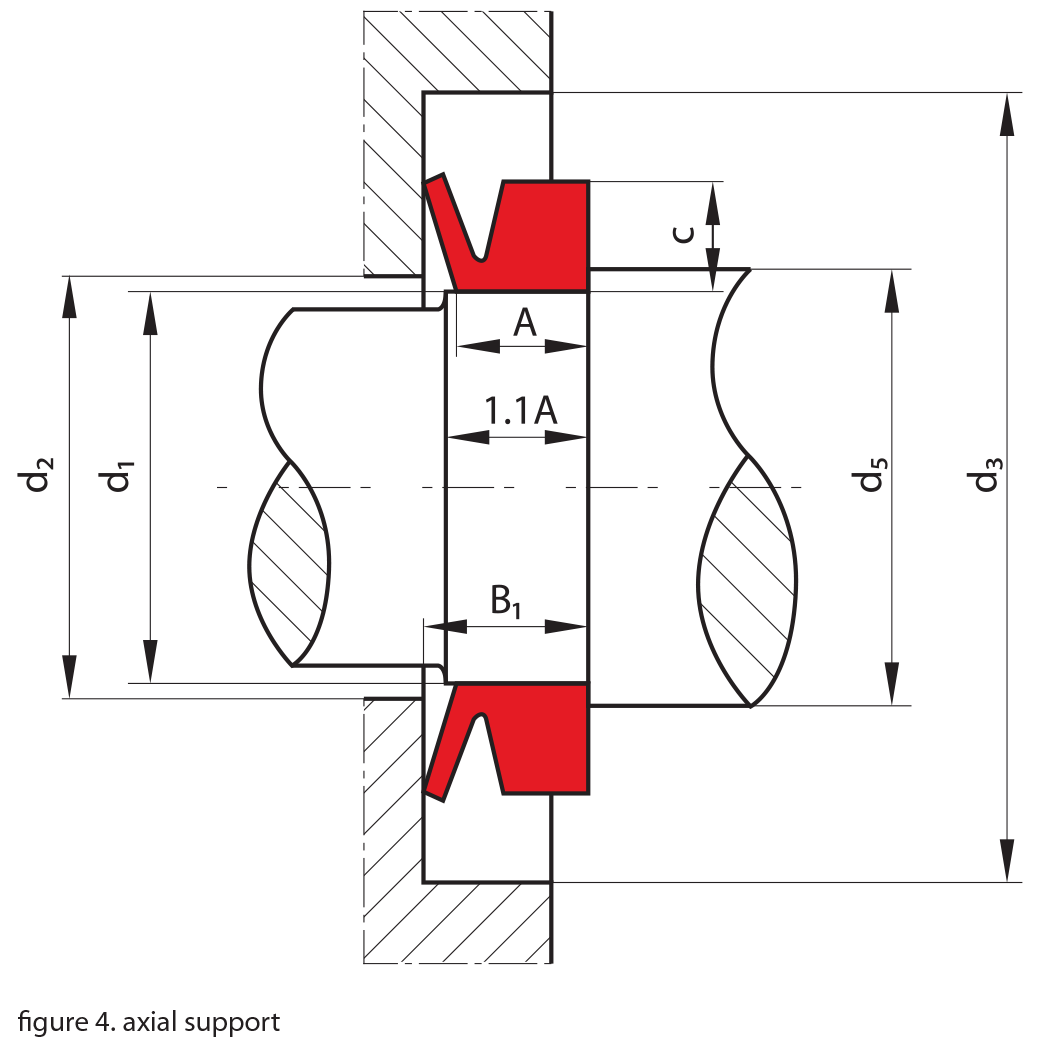
radial retention
when the v-ring is fitted on the shaft, the body of the v-ring is subject to a centrifugal force and tends to move or even lift off from the shaft at a certain speed.
at shaft speeds over 10-12 m/s, depending on the v-ring material, the v-ring in general requires radial retention.
the speed when radial retention is required is also dependent on the degree of stretch of the v-ring. v-rings larger than 2000 mm should always be fitted with radial retention, irrespective of the operating speed.
the radial retention can be designed as a recess, in which the v-ring body fits, or consist of a number of separate clamping segments. please contact your local seal-mart company for further guidance.
the clamping band type R06-R or R06-SE are other useful alternatives.
stationary assembly
in cases where the peripheral speed of the shaft exceeds 10-12 m/s an alternative method to radial clamping is to mount the v-ring on a stationary component in the unit. the contact pressure of the lip will remain constant, as there will be no centrifugal force acting upon the lip.
in comparison to a rotating v-ring, friction and power loss will be higher resulting in somewhat shorter service life. in order to compensate for this the following steps should be taken:
counter-face surface finish:
machine to max. 0.8 μm Ra
v-ring stretch:
maximum 4-6%
axial interference:
keep to the minimum requirements for compensation of the axial movement within the assembly.
At higher peripheral speed adequate lubrication and heat transfer from the counter-face are required.
torque
the torque, and consequently the power loss due to the friction of the seal, is often of such a magnitude that it should be taken into consideration when deciding seal type. this applies particularly in the case of small electrical motors, conveyor rollers or any unit where low friction is an impor- tant requirement.
the power losses are influenced by many factors such as the seal design and compound, surface finish of the counter-face, fitted width and stretch, speed, medium, lubricant, temperature etc.
for this reason it is difficult to give exact torque values for all running conditions.
generally speaking, the power losses resulting from a v-ring are always lower than a corresponding radial oil seal.
grease lubrication gives higher power losses than oil lubrication or dry running.
by applying a suitable low friction dry film lubricant on the counter-face surface the friction and the heat generated can be reduced.
an increase of the fitted width of the v-ring, giving a reduced lip pressure, will also lower the friction. however, the total axial movement in the
assembly must be considered in order not to exceed the tolerances shown in the dimension tables.
whenever detailed information about power losses is required, consult your local seal-mart company.
installation guidelines
when the v-ring is used as a grease seal/contaminant excluder, the v-ring is normally mounted on the outside of a bearing housing, with or with- out, axial support.
general rules:
1. the v-ring, the counter-face and the shaft should be clean.
2. the shaft should preferably be dry and free from grease or oil, particularly when the v-ring is mounted without axial support.
3. the lip of the v-ring should be lubricated with a thin film of grease or silicone oil.
4. in cases when friction must be reduced to a minimum, coat the counter-face with a low friction agent, and do not apply grease to the lip.
5. ensure that the v-ring is mounted with a uniform stretch around the shaft.
when the v-ring is mounted on the shaft the outer diameter of the lip is reduced. unless the stretch is uniform this reduction will vary around the
periphery. this may lead to partial entry of the lip in the bore of the counter-face when the seal is pushed into position.
in the case of large diameter seals a uniform stretch can be achieved by inserting a blunt screwdriver or a piece of string under the v-ring body and
running it around the shaft twice. take care not to damage seal or shaft.
the most convenient method of assembling large diameter v-ring’s, to ensure uniform stretch, is to mark off the body of the v-ring and the shaft
or seating with six equidistant marks. the marks should then be matched together when the v-ring is fitted in position.
for more detailed installation instructions, contact your local seal-mart company.
clamping band
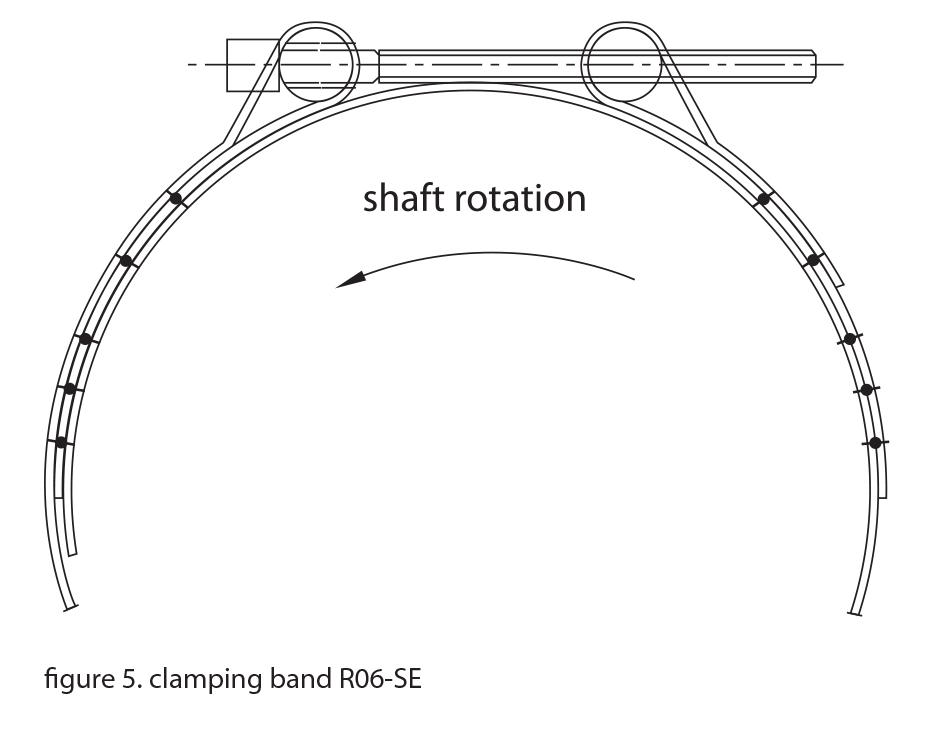
seal-mart clamping band R06-SE
for clamping large diameter v-rings of the R06-SE and R06-SF types, the seal-mart clamping band R06-SE is recommended.
together with clamping band R06-SE a special series of “low stretch“ v-rings can be used for shaft diameters larger than 1500 mm. this will reduce torque and facilitate the fitting of the v-ring.
when ordering the clamping band R06-SE, simply state the shaft diameter for which the clamping band is intended. each clamping band com- prises a set of standard lengths measuring 1000 mm and 1500 mm depending on the size, standard attachments and, if necessary, an adjustable length and two set of rivets. when the parts are assembled, the clamping band will fit the specific v-ring.
all parts are made of acid-proof steel with the exception of the pop rivets, which are made of conventional stainless steel. if operation conditions dictate the use of acid-proof steel, the conventional rivets must be used in conjunction with the adjustable length.
fitting the clamping band R06-SE
trim the adjustable clamping band to the right length by using a pair of shears. rivet the adjustable length and the end attachment together by using a standard pop riveter and the three pop rivets.
locate the v-ring in correct position relative to the counterface, i.e. the predetermined B1-dimension. smear the v-ring with a thin film of grease in the groove designed for the clamping band.
using the attachments supplied with the band sections, join them together and position the complete band in the body groove with the screw heads facing the direction of shaft rotation. turn the attachment screws a few turns one by one until the band is tight.
check that the entire band fits snugly in the body groove.

clamping band for v-ring type R06-R and R06-SD
the clamping device for the R06-R (>200 mm) and R06-SD v-rings consists of a stainless steel band and a number of supporting buckles. the band is wrapped twice around the v-ring body section and passed through buckles spaced evenly around the circumference (approximately one buckle for every 300 mm). the ends of the band are tightened up and secured by folding them around a buckle. R06-R more detailed instruction is avail- able and can be supplied with the band.
splicing by vulcanisation
to avoid unnecessary downtime and difficult dismantling when carrying out preventive maintenance of process machinery, it is possible to split the v-ring, fold it around the shaft and splice it.
the v-ring can be supplied either as a complete ring and cut on site, or supplied in the split condition from the factory. for v-rings types R06-SE and R06-SF it is preferable to split the seals at the factory due to the size of the section.
the best method of splicing a v-ring is by vulcanising. portable vulcanising tools for the different v-rings profiles, vulcanising cement and detailed instructions are available from your local seal-mart company.
seal & housing recommendations for R06-R
please note that we are able to produce those profiles to your specific need or any non standard housing. for detail measurements, please see seal-mart catalog…

seal & housing recommendations R06-SA
please note that we are able to produce those profiles to your specific need or any non standard housing. for detail measurements, please see seal-mart catalog…

seal & housing recommendations for R06-SB
please note that we are able to produce those profiles to your specific need or any non standard housing. for detail measurements, please see seal-mart catalog…

seal & housing recommendations R06-SC
please note that we are able to produce those profiles to your specific need or any non standard housing. for detail measurements, please see seal-mart catalog…
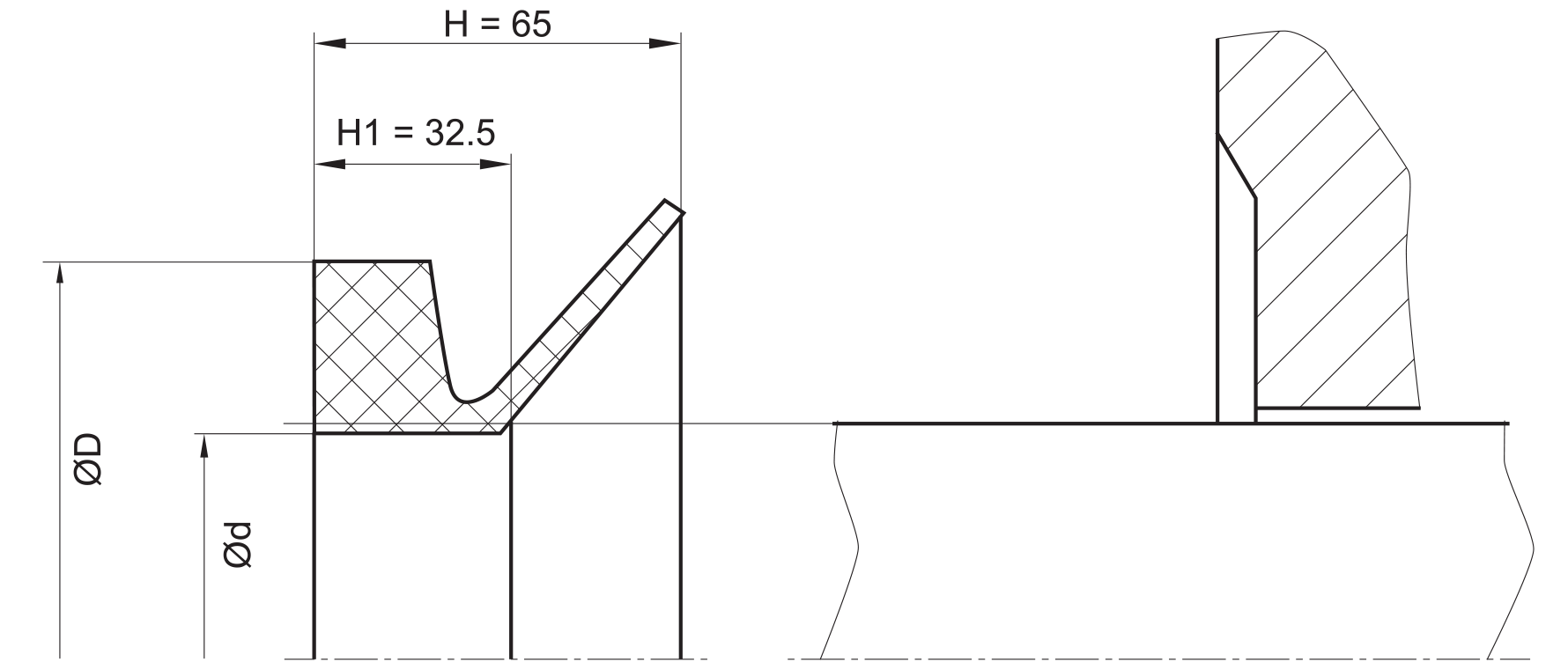
seal & housing recommendations R06-SD
please note that we are able to produce those profiles to your specific need or any non standard housing. for detail measurements, please see seal-mart catalog…

seal & housing recommendations R06-SE
please note that we are able to produce those profiles to your specific need or any non standard housing. for detail measurements, please see seal-mart catalog…

seal & housing recommendations for R06-SF
please note that we are able to produce those profiles to your specific need or any non standard housing. for detail measurements, please see seal-mart catalog…
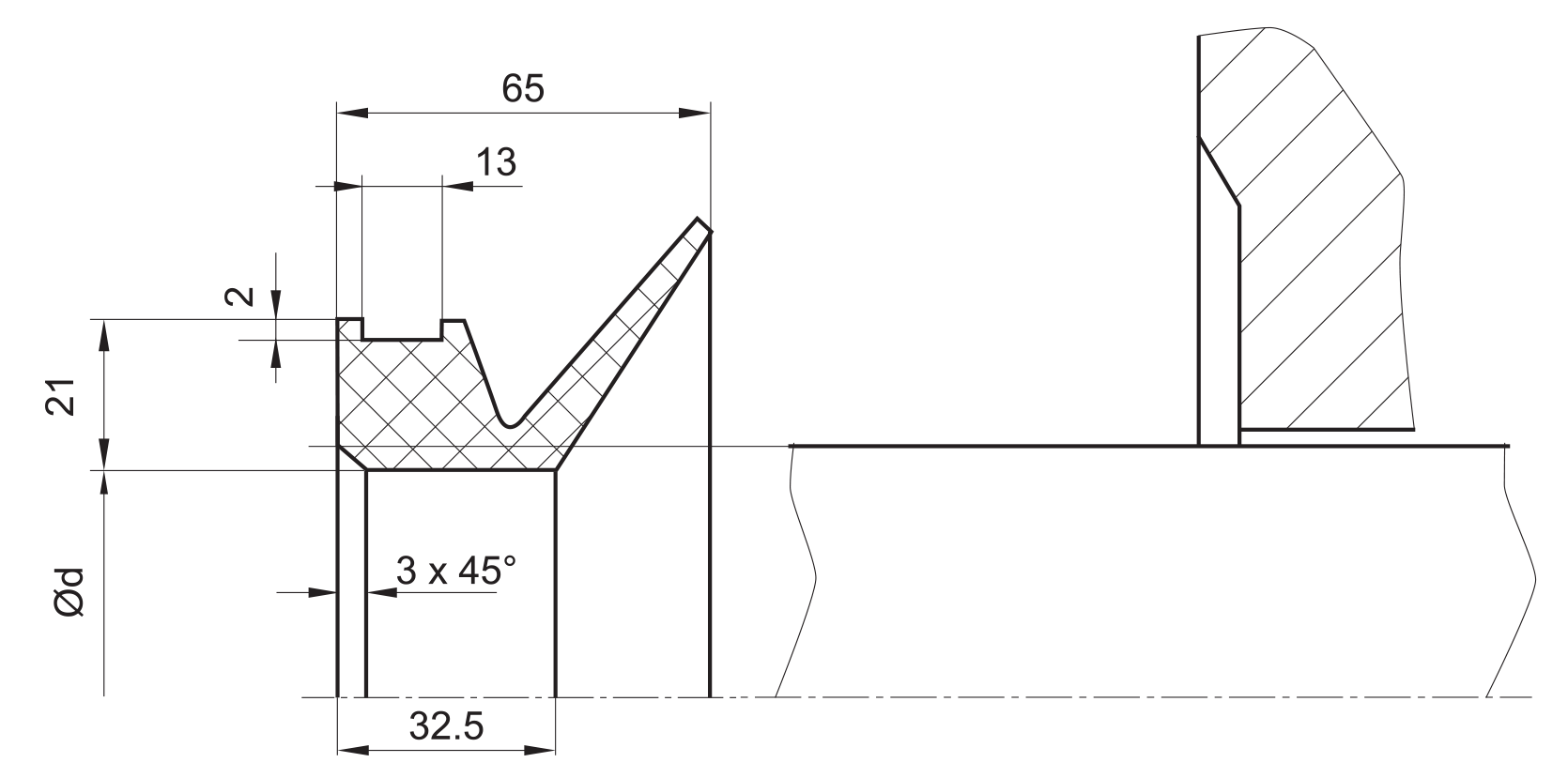
seal & housing recommendations R07-R
please note that we are able to produce those profiles to your specific need or any non standard housing. for detail measurements, please see Jet seal Pars catalog…
